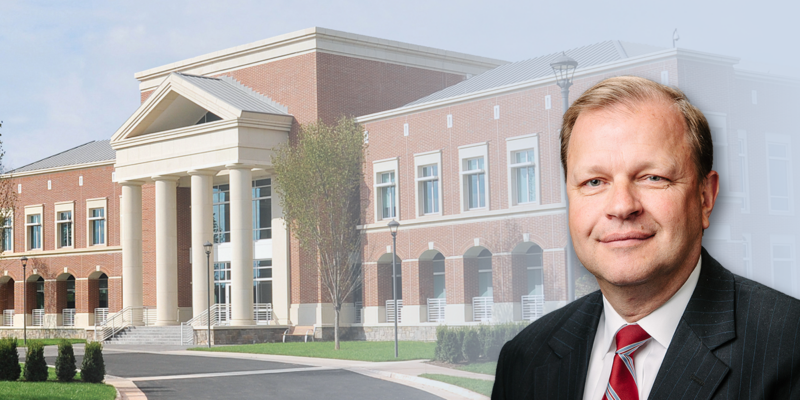Andrew Don: Planning, Preparation Key to CFC Success

CFC’s ability to remain strong and continue supporting members during challenging environments “is no accident,” but the result of years of planning and preparation, CFC CEO Andrew Don told attendees during NRECA’s CEO Close-Up Conference on August 19.
When the pandemic hit in March 2020, CFC was prepared and ready to help members. “The fact that CFC had established multiple sources of capital and liquidity allowed us to avoid the high cost of going to the market in volatile times, especially in April and May of 2020,” Don said.
He noted that CFC’s Fiscal Year 2021, which ran from June 1, 2020, through May 31, 2021, was one of the best in the company’s history from a financial perspective, with strong loan demand from members. “In fact,” he noted, “CFC loans to members increased by $1.72 billion—the highest year-over-year increase in more than 20 years.”
CFC’s member electric cooperatives also performed well during the pandemic, Don noted, as evidenced by CFC’s 2020 Key Ratio Trend Analysis data. “The results show that the majority of electric cooperatives have maintained strong financial metrics and successfully managed the economic downturn through the pandemic,” he said.
CFC Was Ready to Support Members During Winter Storm Uri
Planning for the unexpected also proved vital to CFC in February 2021 when Winter Storm Uri brought frigid temperatures to the Plains and Midwest, knocking nearly 50 percent of available capacity offline in Texas. CFC’s strong liquidity position meant that CFC was equipped to support members.
The Lone Star State has seen significant volatile energy costs and bankruptcies, as well as likely increases in insurance premiums, and the greatest loss of all—the deaths of 700 people.
Lessons Learned from Uri Aftermath
Don said there are some important lessons to be learned from this experience—one of the most evident is that filing bankruptcy can negatively affect CFC’s cost of capital, cooperatives’ credit ratings and potentially the entire sector’s ability to access reliable and affordable capital.
He also noted that discussions between certain generation and transmission cooperatives and their distribution members regarding their power contracts will require both parties to recognize the value each entity has provided the other. “These have been very successful relationships that were a cornerstone of our network for decades,” Don said.
He added, “We need to continue to work together—all of us in the cooperative network. It’s not always going to be easy, but it will always be worthwhile. As long as we work together and exemplify our cooperative principles, I believe electric cooperatives will be successful for many years to come.”